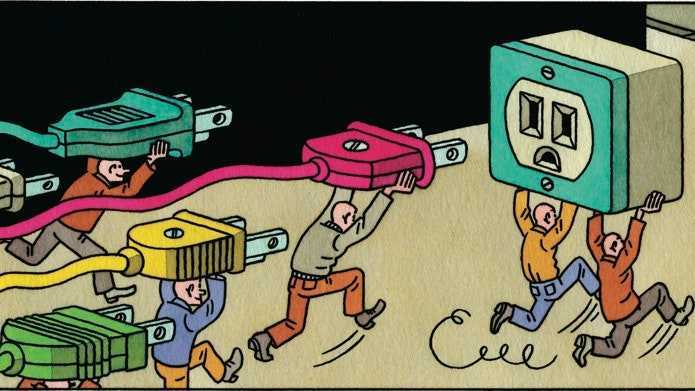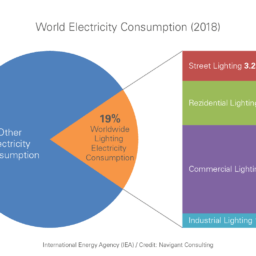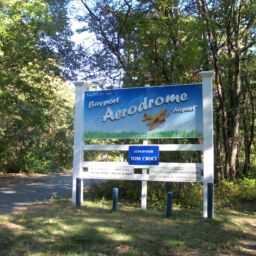
First of all, not every green or energy efficiency item will provide a substantial rate-of-return or ROI. Replacing carpet with bamboo flooring makes perfect environmental sense but might not be justified through an economic payback calculation. Replacing a gravel driveway with permeable pavement is an admirable retrofit project but, since gravel is also permeable, the environmental impact is probably negligible. Certain energy and green retrofit items just do not provide a high ROI but are still well worth doing for other reasons, such as building durability, safety, healthier indoor environment, etc.
In terms of economic justification for a deep energy-green retrofit project are there ways to determine if the entire project should be able to pay for itself through savings of energy, water and other resources? The answer is yes if you understand the art and science behind modeling. The question of “how much energy or water will a project save” can only be answered by examining the proposed energy and water efficiency measures individually and also in groupings to determine the overall amount of energy and/or water savings potential. You must also factor in the present and predicted future cost of energy and water to compare the ‘net present value’ of the overall project investment against the cost of doing nothing & just paying the ongoing energy and water bills. (Point of fact: Most people do not understand that they pay dearly every day for wasted energy, water and other resources and that this wasted money can and should be used to pay for intelligent reductions.)
While it is nearly impossible to predict how much our natural resources will escalate in cost in the future, it is safe to assume that our vital finite resources, such as natural gas, coal, oil, electricity and, yes, even clean water, will rise in cost in relation to scarcity over time. So, it is wise to include some form of price escalation factor into your overall energy and water conservation model. Historically, the cost of conventional energy and water has risen over time in a fairly predictable manner and will likely continue to do so in the future. The actual degree or magnitude of these increases falls into the realm of speculation but this unknown variable itself has made some people wary and uncomfortable. In other words, large spikes in energy cost can and do happen and availability of clean water is becoming a world-wide concern.
On the other hand, with the sophisticated test equipment and software available today it is possible to determine the amount of energy and water savings attributable to an improvement ‘package‘ to a very accurate degree. It is not uncommon to find that a deep energy-green retrofit will produce a ROI of 30% or more, which is better that nearly every other type of investment available today. Plus, if you factor in an energy supply system, such as a solar energy or wind system, then the ongoing cost for conventional energy drops even more… perhaps to the point that the renewable energy system produces enough site-based energy to offset the remaining monthly cost for conventional energy. This is now known as a ‘net zero energy home’ or super energy efficient home. Note: Some energy utilities charge a minimum monthly fee or customer charge that can not be offset by on-site energy production. The only way to avoid the monthly customer charge is to disconnect completely from your energy utility provider(s), aka disconnecting from the grid or going ‘off-grid’.
There are many factors to consider when evaluating a substantial number of green and/or energy savings retrofit options and opinions abound on what is best to do or to avoid. What is the best way to start? Since this article is about residential improvements then it is wise to take the time required to find an experienced certified home energy rater or HERS* rater. A knowledgeable and experienced home energy rater understands how to use the sophisticated energy testing equipment needed to evaluate the energy situation of your existing residence, whether it is an apartment, single family home, multi-family dwelling… , and he/she has access to the energy evaluation software needed to perform the energy modeling necessary to determine the most effective set or ‘package’ of energy improvements needed to provide the targeted ROI.
Certified home energy raters also understand ways to conserve water and how to access private financing for your improvement package, such as Energy Efficient Mortgages (EEMs) and Energy Improvement Mortgages (EIMs). (Plus HUD’s 203k loans with energy component) However, what if you are also interested in incorporating green products and technologies or want to get your residence certified through a national green program, such as the US Green Building Council’s LEED for Homes program or the NAHB National Green Building Standard? In this case you will want to locate a “Green Rater” or “Green Verifier” who is properly certified and able to help you with the additional decisions involved in related green aspects, such as:
- Natural landscaping/Edible landscaping
- Renewable energy systems, such as photovoltaic (PV) electrical systems or solar thermal (hot water or air) systems
- Rainwater catchment systems and/or cisterns
- Hybrid heating/cooling systems
- Advanced technologies, such as home automation, daylighting, hydroponics and the list can go on and on
Please don’t despair or be overwhelmed at this point because there is an answer to even the most comprehensive and complicated projects ever devised. If you want to have the most energy efficient dwelling possible with the latest, greatest green features built into it, then you will need to enlist your own ‘hand-picked’ team to help you design and build it.
In essence, by having other people focus on your project with you then you’ll obtain the collective benefit of your group’s experience and knowledge to incorporate into your project. Assembling your own group is known in architectural and engineering circles as building an “Integrated Design Team”. This universally recognized team approach to creating innovative, cutting-edge projects can reward you with the best results possible. But, how do you find, assemble and schedule meetings with the geographically diverse and specifically talented members of your team? The answer is to find someone who is versed in facilitating design charrettes, which basically are targeted meetings focused on your particular project or set of projects.
I hope that this article gave you some new insights into how you can help defend your self and your loved ones from escalating energy prices and water scarcity concerns. Obviously one article will not answer your questions that I know you have, such as:
- How to obtain or grow organic healthy food
- How to arrange financing for innovative homes in today’s market
- How to charge your electric vehicle (EV) for free using solar power, etc.
That’s what future articles are for. Thank you for taking the time to read this and may you live a long, healthy and productive life.
*HERS – Home Energy Rating Systems (More information available about HERS at RESNET.us )
AUTOPOST by BEDEWY VISIT GAHZLY



